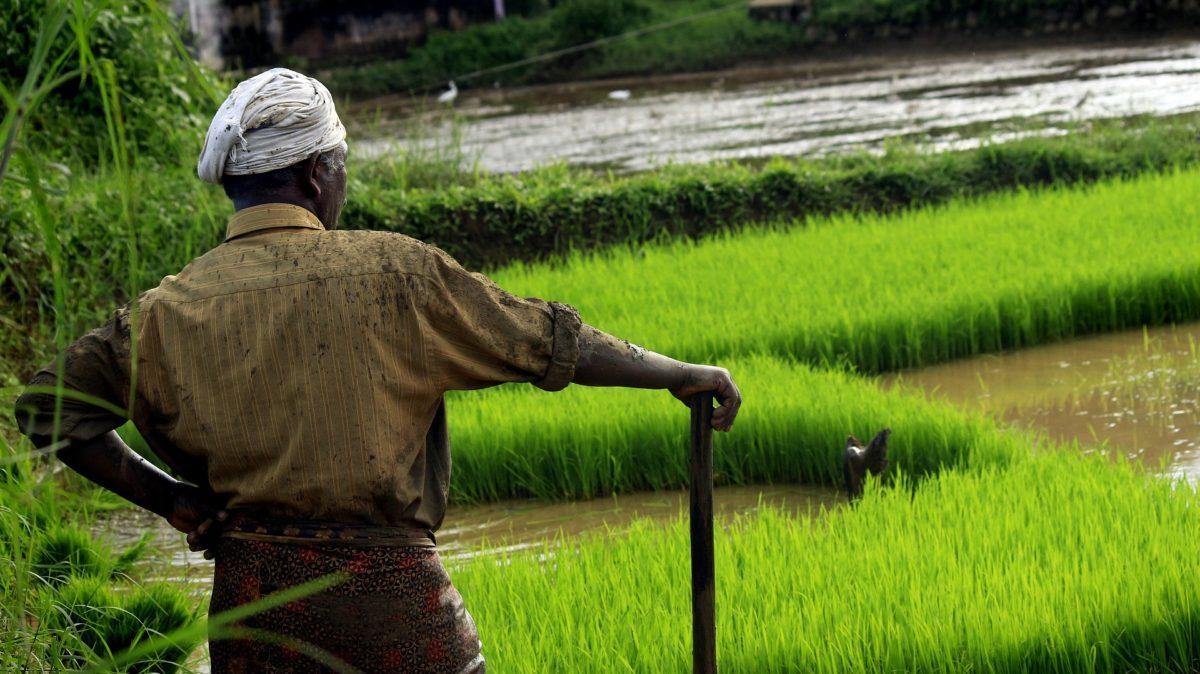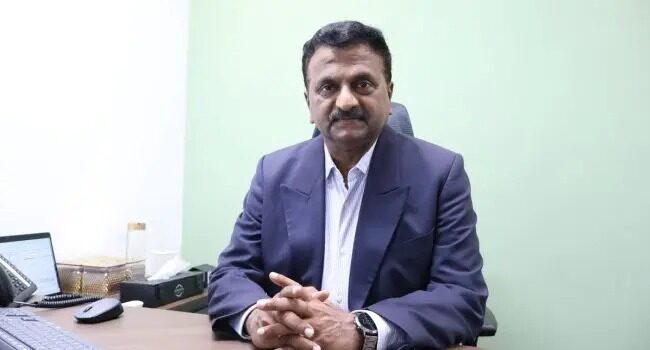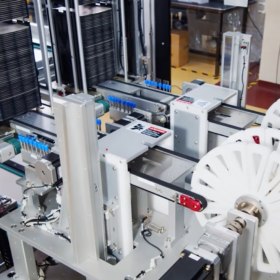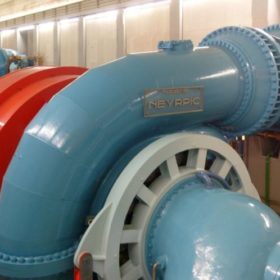India could surpass its 100 GW target of installed solar PV capacity by deploying solar-powered water pumps. According to a newly published report, the government’s recently announced plans to swap all water pumps for irrigation to solar water pumps, as laid out in the Kisan Urja Suraksha Utthaan Maha Abhiyan (KUSUM) scheme, would add another 150 GW of solar capacity to the country.
The report, co-authored by Greenpeace India, the IWMI-Tata Water Policy Program and Germi, which was presented at a conference hosted by the authors, finds that the potential for solar water pumps is immense, and bears great benefits for farmers, energy companies, and water suppliers.
During a speech regarding India’s annual budget plans, the Minister of Finance disclosed the intention to introduce the KUSUM scheme. Information provided by the government stipulates that under it, another 28 GW of solar capacity could be added over the course of five years, from the day of implementation.
“To achieve its 2022 renewable energy targets, the government needs to look for creative ways of implementing decentralized renewable energy schemes. It’s clear that KUSUM is an innovative scheme that fits the bill, but unfortunately, it is yet to get cabinet approval and receive finance allocation,” said Pujarini Sen, Renewable Energy Campaigner, Greenpeace India.
This addition would bring India closer to its target of adding 100 GW of solar capacity by 2022. According to the target, India seeks to build 60 GW of utility-scale solar capacity, and add 40 GW distributed capacity. While the country is on track on the utility-scale side, it has installed just over 2.4 GW in the rooftop space so far.
“Net metered solar farm top installations are very similar to rooftop solar installations from a technical standpoint. However, while rooftop solar PV systems take away high paying consumers from the grid, farmtop systems will actually reduce the agricultural subsidy burden for India’s cash-strapped power utilities. ‘Farmtops’ are an excellent way to achieve scale across the country,” said Akhilesh Magal, Head – Advisory, Renewable Energy, Environment, and Energy Efficiency, GERMI.
As power supply in rural India is often intermittent, farmers leave water pumps switched on 24/7 which, if electricity is supplied for more extended periods of time, frequently results in flooding of the fields. Such events have adverse effects on the harvest, and they require unnecessarily high amounts of water, in a country that struggles to meet universal water needs.
Solar water pumps, on the other hand, could be switched on only when farmers believe irrigation to be necessary, thus saving water, electricity and avoiding over-irrigation of their farmlands. There is also another benefit from this type of application, if the pumps are grid connected.
The authors of the white paper allege that farmers could make some income on the side when the pumps generate electricity, but are not running themselves. In these events, farmers could feed electricity into the grids via a net-metering scheme.
As a potential risk, the authors see that grid operators would need to keep grids switched on continuously for farmers to be able to feed into the grid.
This action would change the way electricity grids are currently operated in India and could incur extra costs. Grid operators would need to keep the grids switched on continuously, even if just one farmer seeks to benefit from the net-metering scheme.
If the grids are switched on, however, the initial incentive of acquiring the solar water pump for continuous water supply would not apply anymore. The authors uphold that this could be counter-measured by introducing a minimum number of participants before a grid operator would be required to leave a grid switched on in a particular region.
Still, the benefits for grid operators could be substantial. India’s power sector for farms ofter goes unmetered and is subsidised, though the perks for power companies remain meager. In the state of Gujarat, for example 27% of the electricty consumption is consumed by the state’s agricultural sector, while just 3% of the revenue for the power companies comes from this sector. The lack of metering has also resulted in systemic electrcity theft, the report highlights, which incurs further financial damage to the power companies.
Optimistic that solar water pumps would be able to adress these issues Magal adds, “Farmtops can revolutionize the way solar energy is deployed in the country. Issues that go with large solar parks such as land acquisition, setting up expensive transmission infrastructure, transmission losses and a host of other hassles can be avoided. The KUSUM scheme is timely, and the Centre must work with all states to come out with a standard operating procedure (SOP) to facilitate smooth implementation.”
This content is protected by copyright and may not be reused. If you want to cooperate with us and would like to reuse some of our content, please contact: editors@pv-magazine.com.









The Ministry of Finance is everywhere the bad cop whose job is to block ill-advised and costly schemes. Here the Minister of Finance approves of the KUSUM scheme. Other approvals are surely a formality. The argument will be about the scale of funding.
What is the procedure of apply in kusum yojana
Labour contractor installation agriculture solar pump LED light solar